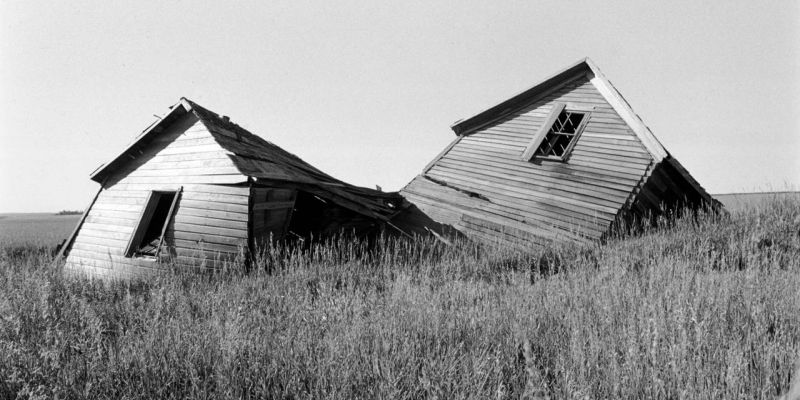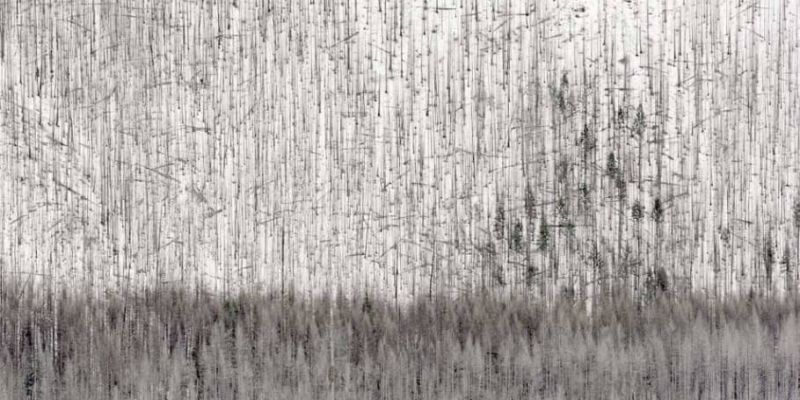Re-picturing the self: Francesca Woodman’s self-portraiture by Francesca Marcaccio
Images courtesy of Francesca Woodman
Francesca Woodman’s self-portraiture is deliberately enigmatic. If she aspires to be enigmatic, she also employs enigma to challenge the traditions of self-portraiture. Her self-portraits are duplicitous; the clarity of the photograph appears to present an intelligible subject and yet Woodman continually facilitates the subject’s withdrawal from our gaze.
In her self-portraits the artist often pioneered new forms of relational aesthetics aimed towards formal intervention as opposed to a biographical display that might be intended to assert one’s identity. In Self Portrait at Thirteen (Colorado,1972), the artist’s long dark hair obscures her face hindering the camera’s inherent descriptive and informative qualities.
In Untitled (Providence, Rhode Island,1975), the artist disappears into herself. Three nude women, one of whom is Woodman, hold photographs of the artist’s face over their own. A fourth print, which differs from the other three, is pinned on the wall beside them.One of the models Sloan Rankin notes that Woodman made a sketch of the idea before executing it photographically. “It is a picture about physical measurement, and Woodman writes, under the sketch, a picture about being my model.”1 Disappearing behind a self-portrait, Francesca Woodman conceals her identity. The image’s focus on surface representation obliterates the spectator’s capacity to identify the subject it represents.
 If the quintessential self-portrait announces this is who I am, the New York series (1979) announces rather I am another, similar to Arthur Rimbaud’s radical announcement of modern identity in the mid nineteenth century. His famous poem ‘Je est un autre’
If the quintessential self-portrait announces this is who I am, the New York series (1979) announces rather I am another, similar to Arthur Rimbaud’s radical announcement of modern identity in the mid nineteenth century. His famous poem ‘Je est un autre’
(I is someone else) has been employed to describe many forms of subversive visions of mutable identity.
In one of the New York images, Untitled (1979) she holds a fishbone against her spine. Here she is not fantasising about being another through a performance of identity, as is the case for Rimbaud; instead her body is read as an autonomous entity but at the same time as part of her surroundings.
Rather than engaging with the well-established medium of portraiture in a conventional manner, Woodman is keenly aware that by altering the medium’s modes one can reveal the most profound truths about the subject.
Image credits: Untitled (Providence, Rhode Island,1975), Untitled (New York 1979).
Francesca Marcaccio (b.1981) is a writer, artist, and curator specialised in photography. She is based in London, UK. Her research focuses on photographic archives and documentary photography and their relationship with issues of memory and history within contemporary art practice.She holds degrees in Art History, Iconographic Research and Photography.Recently she completed the RCA/Curating Conversations Programme.She writes for DUST Magazine and MyTemplArt.
Tags: francesca woodman, portraiture, self, self-portraiture



